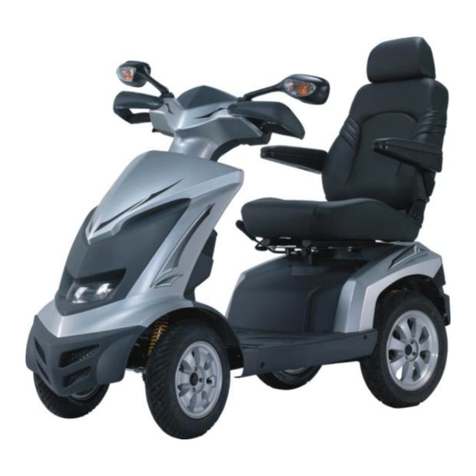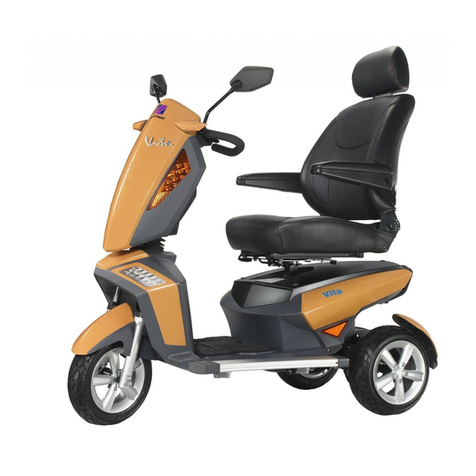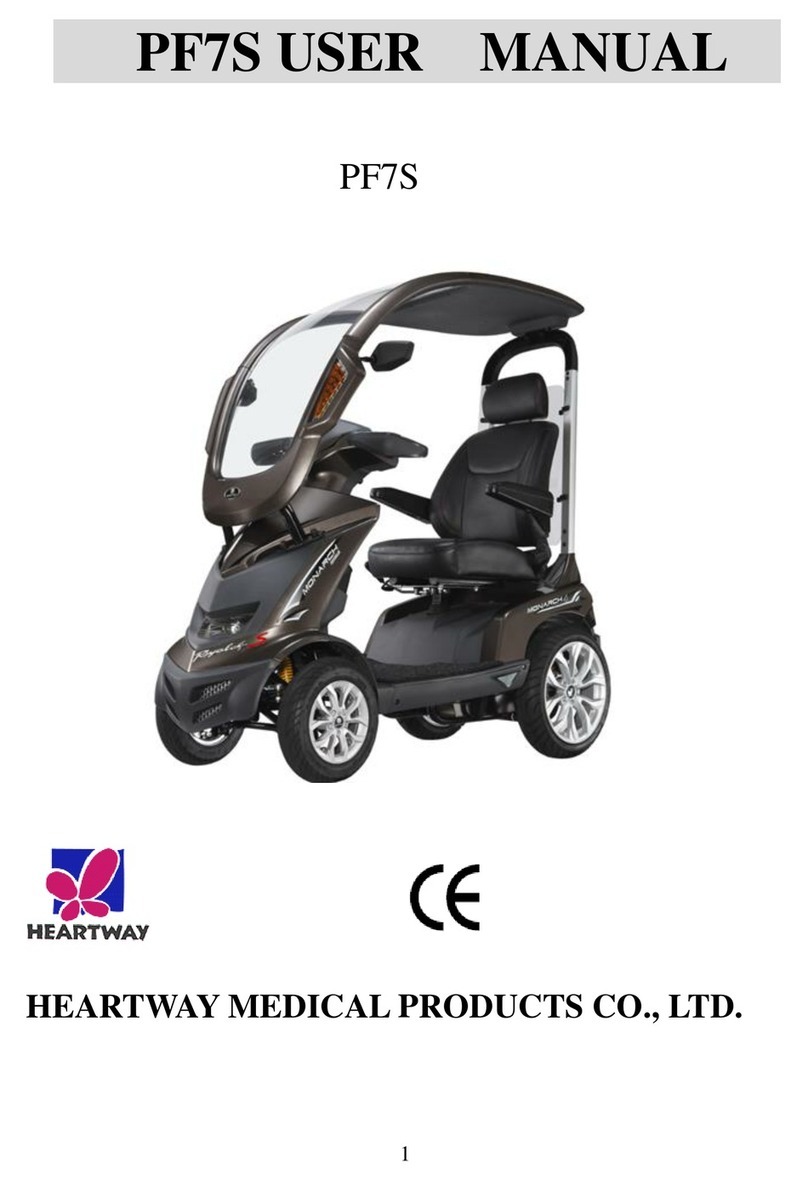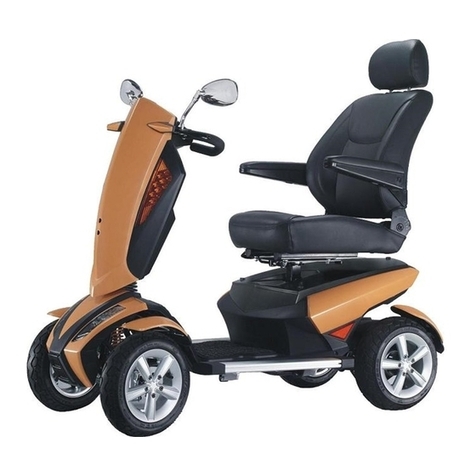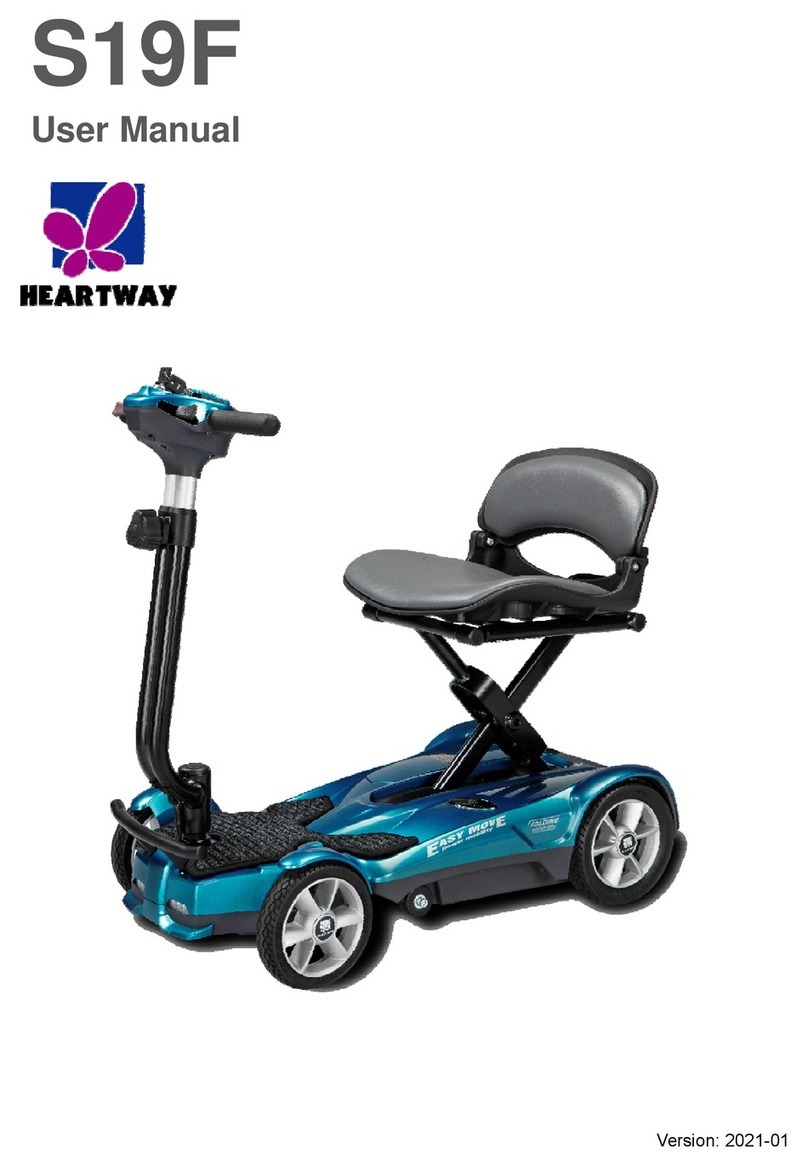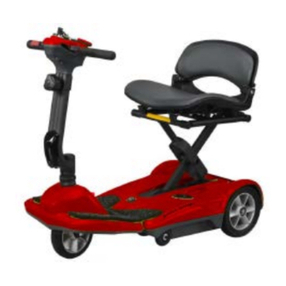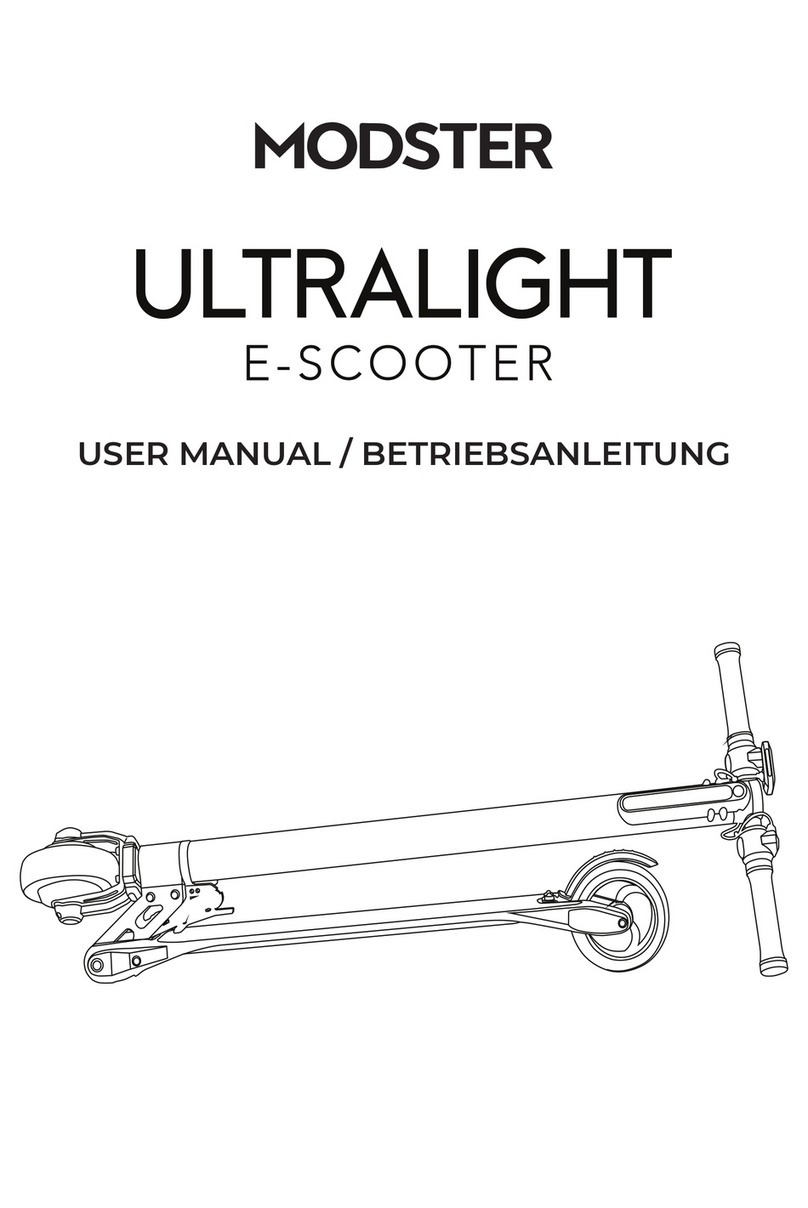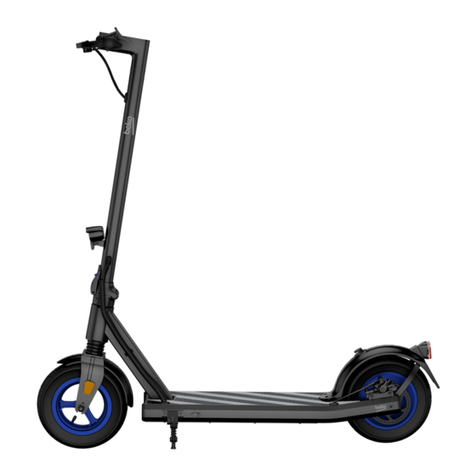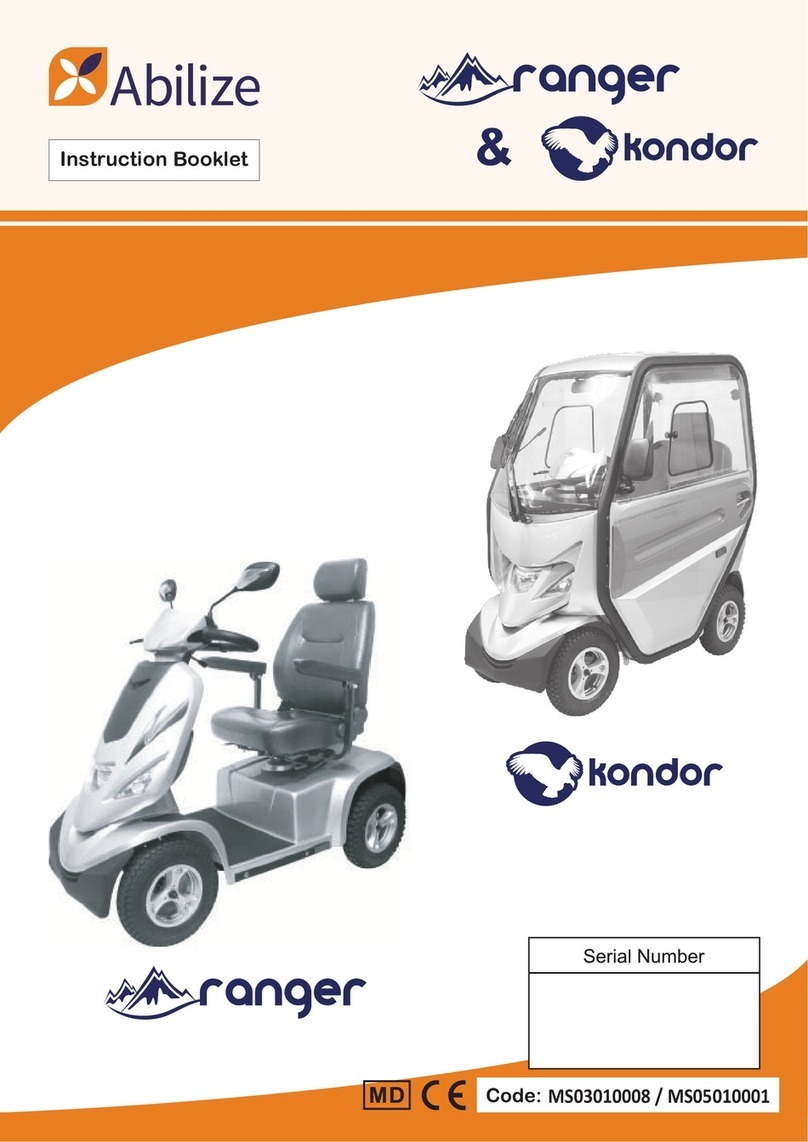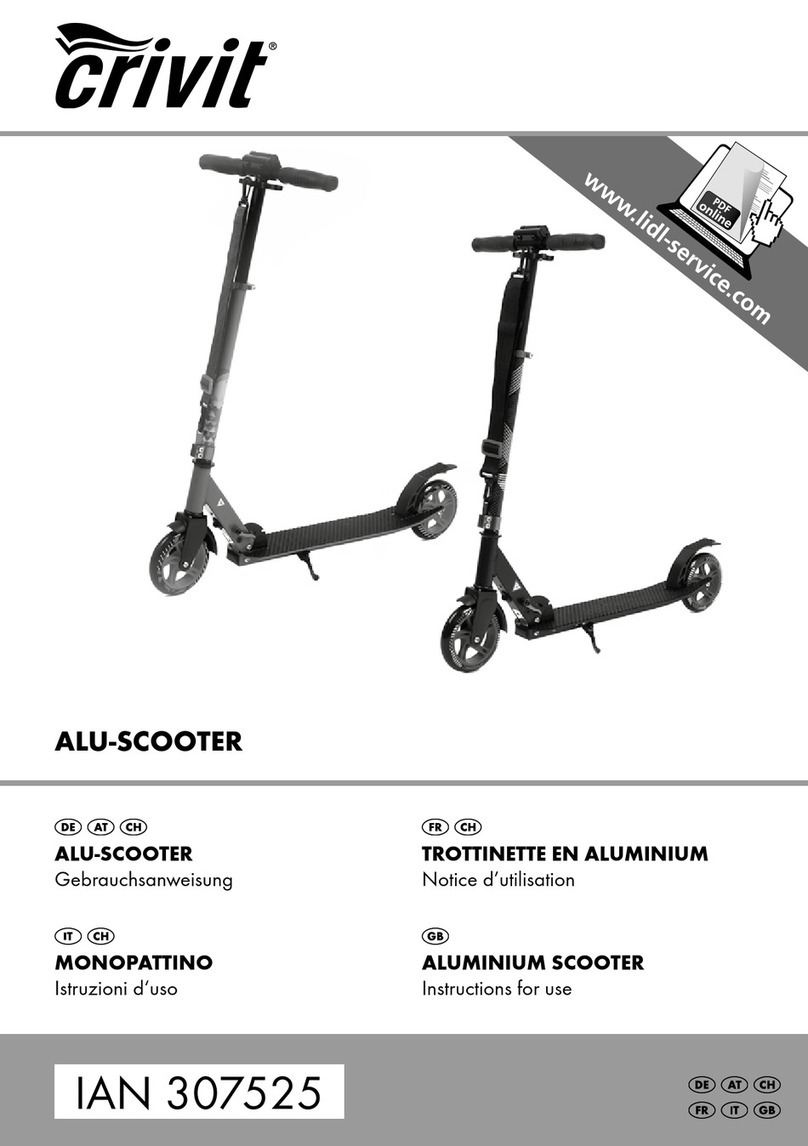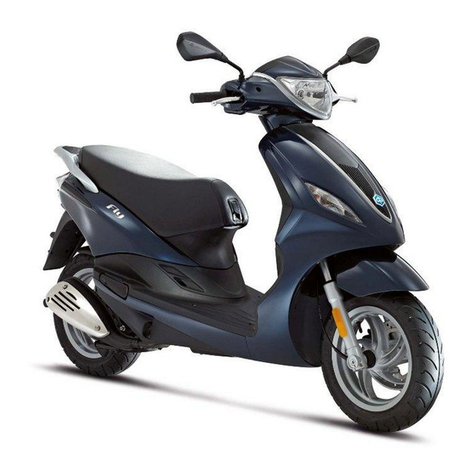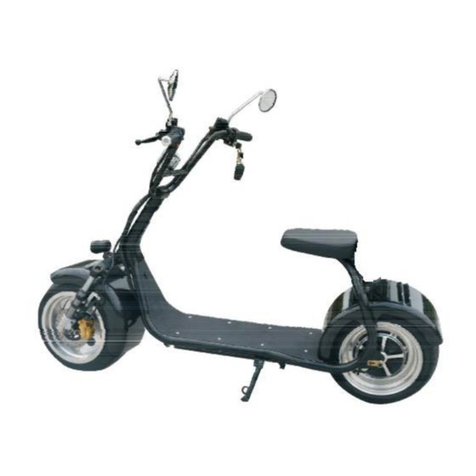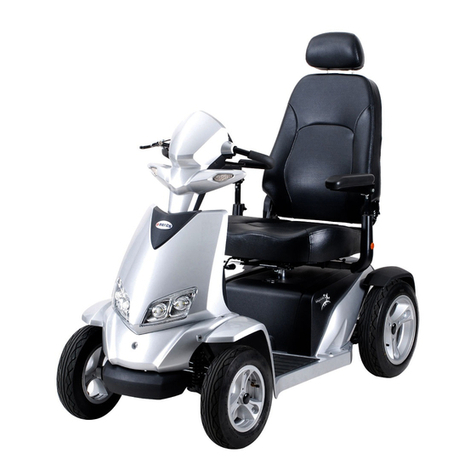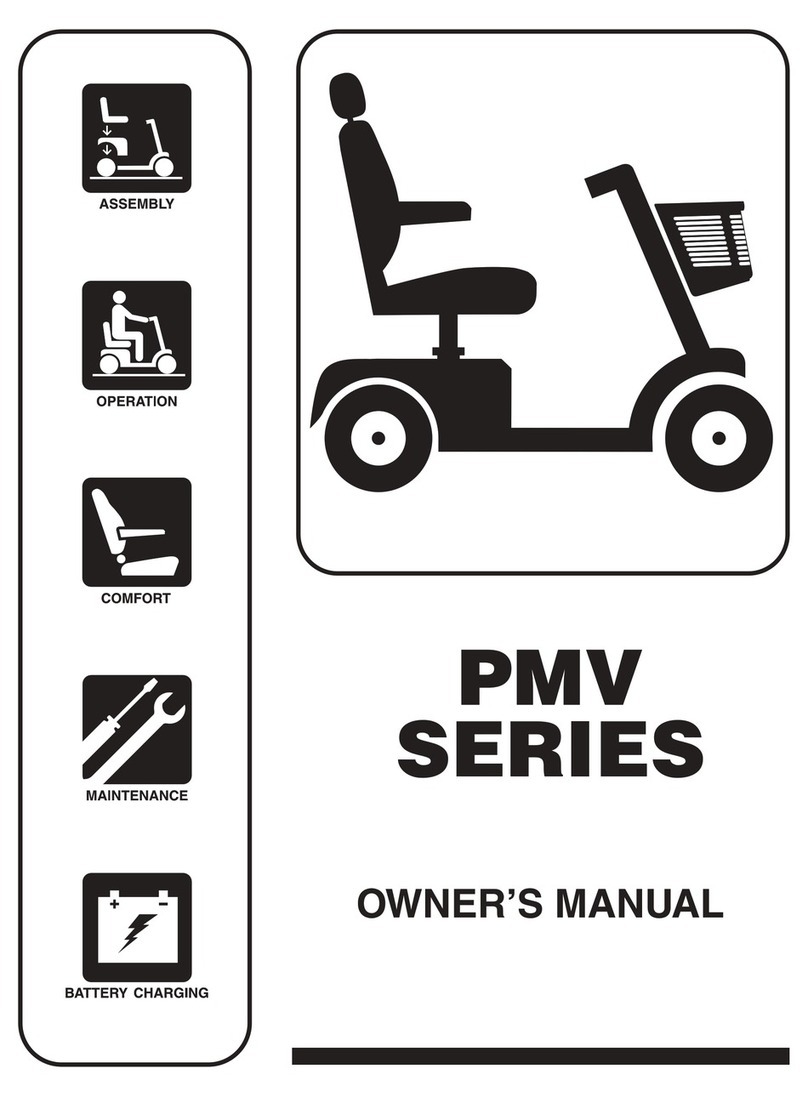cause internal short circuits or battery case damage which can lead to leakage, fire, or explosion of the batteries.
When installing batteries, ensure that positi e and negati e polarity is correct. Connection with incorrect polarity can
lead to excess current, fire, and damage to chargers.
Batteries contain dilute sulfuric acid. Any acid leaked from damaged batteries should be immediately rinsed from
clothing or skin. If acid comes in contact with eyes, rinse with a large quantity of water and seek medical attention
immediately. Acid can burn skin and can cause blindness.
Batteries showing signs of terminal corrosion, leakage, distortion of battery case, or any other abnormalities should
not be used. Continued use could result in leakage, fire, or explosion of the batteries.
Do not use or store batteries near transformers or other heat sources, inside of the car left outside, in direct sunlight, or
in other high temperature en ironments. Doing so can lead to increased battery temperature, which can cause leakage,
fire, or explosion.
When installing batteries in metal enclosures, fill the space between the battery and enclosure with acid resistant, heat
resistant insulating materials, to a oid contact between the battery and the enclosure. Batteries with acid leakage can
create smoke and flames.
When handling batteries wear rubber glo es and rubber shoes. Failure to do so can lead to electric shock, burns, or
fire.
Do not place batteries where they might be exposed to water as an electric leak may cause electric shock, or fire.
Do not position batteries at more than 90° from the upright position as this can lead to leakage, fire, or explosion.
Do not clean batteries with dry cloths or feather dusters as this can produce static electricity and cause explosions. Use
damp cloths only.
Attach all required insulator caps to battery terminals and link as specified. Failure to do so may result in electric
shock, burns, short circuit, battery damage, fire, or explosion.
When used in medical equipment, it should be equipped with not only this battery systems but another different
backup system. Failure to do so could lead to injury in the e ent of this battery system failure.
Do not directly connect batteries to power outlets or automobile cigarette lighter socket. This can lead to burns or
o erheating.
Use batteries in the following temperature range. Discharge (equipment in use): -15℃~50℃; Charge: 0℃~40℃;
Storage: -15℃~40℃.
Do not apply thinner, gasoline, benzine, lubricants, fats, or any other organic sol ents or detergents. This may lead to
the crack of the battery case, leakage, and fire.
Batteries should be checked regularly. Batteries not conforming to specifications listed in the user’s manual should be
adjusted following user’s manual. Continued use without adjustment could lead to damage or burns.
Used batteries can be recycled. Do not dispose of directly without consulting sales company or our agents.
When cleaning and inspecting batteries, first discharge static electricity from your body. Static electricity can cause
sparks which can lead to explosions.
Batteries’ maximum discharge current should not exceed the specifications in the user’s manual.
Excessi e discharge current can cause leakage, o erheating, and explosion.
Immediately after purchase, if any rust, cracks, deformities, o erheating, or any other abnormality is disco ered,
discontinue use and contact the sales company. Continued use could result in leakage, o erheating, or explosion.
When using multiple batteries at the same time, the batteries themsel es should be properly connected before they are
connected to the charger or load. Firmly connect the positi e terminal of the battery to the positi e terminal of the




























